Butterflies are more than just beautiful garden visitors — they are essential pollinators and indicators of a healthy environment. Watching butterflies flit among colorful blooms can transform an ordinary backyard into a lively, serene sanctuary. If you’ve ever wished to attract these delicate creatures to your home, the good news is that it’s entirely possible with the right planning and plant choices.
This article will guide you through how to start a butterfly garden in your backyard, covering everything from garden design and suitable plant species to habitat features, care tips, and long-term maintenance.
Why Create a Butterfly Garden?
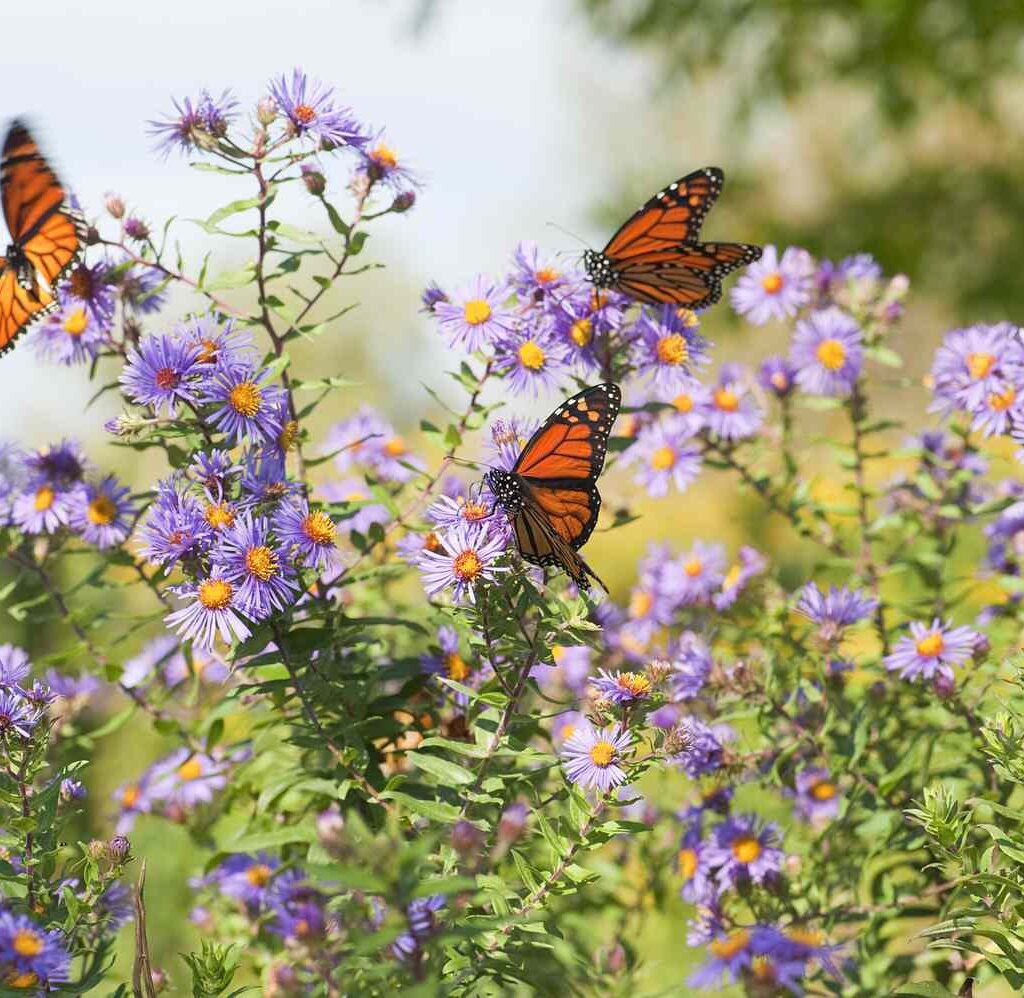
Creating a butterfly-friendly garden not only enhances the aesthetic appeal of your backyard but also:
- Supports local ecosystems and biodiversity
- Provides a natural pollination service for your plants
- Contributes to the conservation of butterfly species
- Creates an educational and relaxing environment for families
By offering food, shelter, and breeding grounds, you can help maintain healthy butterfly populations in your area.
Planning Your Butterfly Garden
Before you begin digging or planting, careful planning ensures that your garden will attract butterflies and sustain them throughout the seasons.
1. Choose the Right Location
Butterflies love sunlight and warmth. Select a sunny spot in your backyard that receives at least 5–6 hours of direct sunlight daily. Avoid windy, shaded, or heavily trafficked areas, as butterflies prefer calm, open spaces.
2. Decide the Garden Size and Shape
Your butterfly garden doesn’t have to be large. Even a small corner plot or a cluster of containers can work if designed thoughtfully. Irregular, curved garden borders often create a more natural feel than straight, formal lines.
Essential Components of a Butterfly Garden
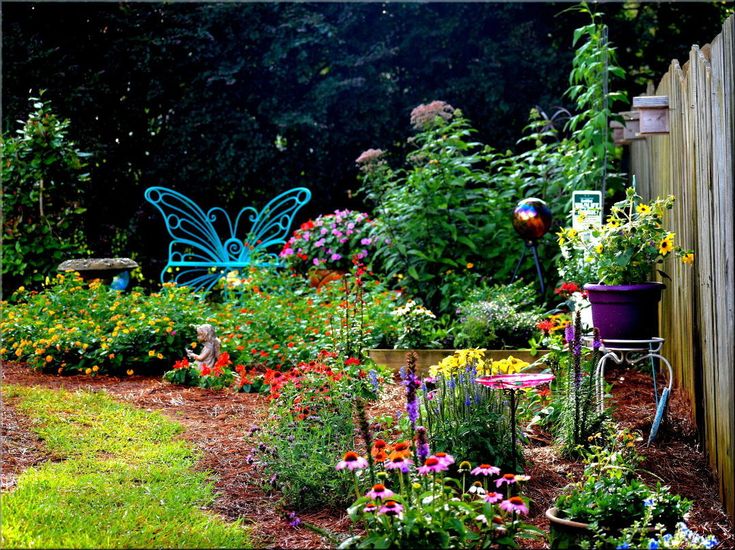
An effective butterfly garden requires three basic elements:
- Nectar plants for adult butterflies
- Host plants for caterpillars
- Safe shelter and habitat features
1. Nectar Plants
Nectar plants provide the energy-rich food source that adult butterflies need. Choose a mix of brightly colored, fragrant flowers that bloom at different times of the year to ensure a continuous nectar supply.
Popular Nectar Plants Include:
- Zinnias
- Marigolds
- Lantana
- Coneflowers (Echinacea)
- Butterfly Bush (Buddleia)
- Pentas
- Milkweed (Asclepias)
- Verbena
- Lavender
- Salvia
2. Host Plants
Host plants are essential for the butterfly life cycle, providing a place for butterflies to lay their eggs and a food source for caterpillars once they hatch. Each butterfly species prefers specific host plants.
Common Host Plants Include:
- Milkweed (Monarch)
- Parsley, Dill, Fennel (Swallowtail)
- Passionflower (Gulf Fritillary)
- Willow, Poplar (Viceroy)
- Cassia (Cloudless Sulphur)
Incorporating host plants ensures you’re not only attracting adult butterflies but also supporting the next generation.
3. Habitat Features
Butterflies need more than food — they also require shelter and places to rest.
Include These Features:
- Flat stones for sunbathing
- Shrubs and trees for protection from wind and rain
- Shallow water sources like mud puddles or saucers filled with moist sand for minerals and hydration
- Leaf piles or dense plantings as overwintering spots
Designing Your Butterfly Garden
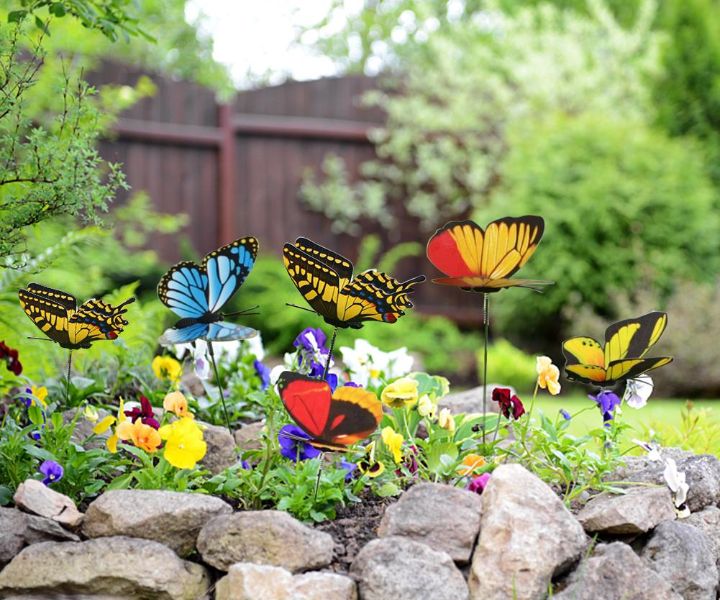
An inviting, functional butterfly garden benefits from thoughtful design.
Grouping Plants
Plant flowers in clusters of the same species. Large groups of color are easier for butterflies to locate than scattered individual blooms.
Color and Height Arrangement
Use a mix of warm colors (red, orange, yellow, pink, purple) as butterflies are drawn to these hues. Arrange taller plants at the back or center, with shorter flowers around the edges for visibility and accessibility.
Seasonal Blooming Plan
Choose a combination of early, mid, and late-season bloomers to provide nectar from spring through fall.
Preparing the Soil and Planting
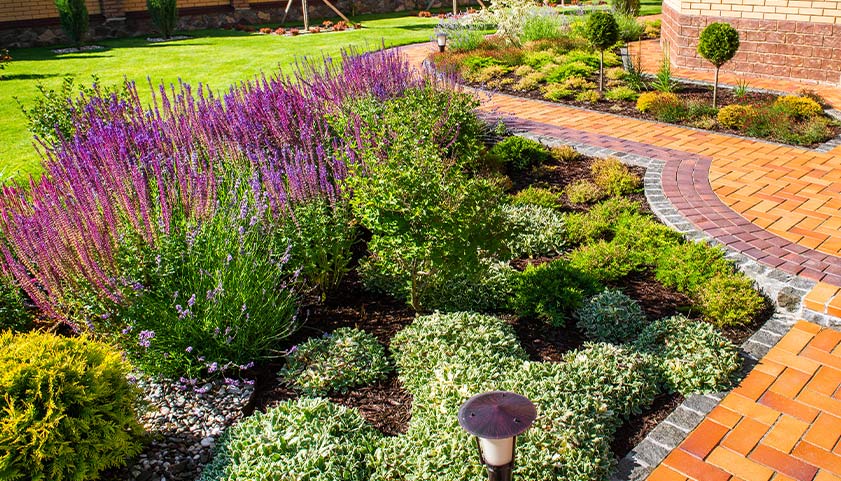
Butterflies aren’t fussy about perfect garden soil, but good drainage and organic matter improve plant health.
Steps to Prepare the Site:
- Remove grass and weeds from the chosen area.
- Loosen the soil to a depth of 8–10 inches.
- Mix in compost or aged manure to enrich the soil.
Planting Tip: Install plants in the cooler hours of morning or evening, and water them well after planting.
Maintaining Your Butterfly Garden
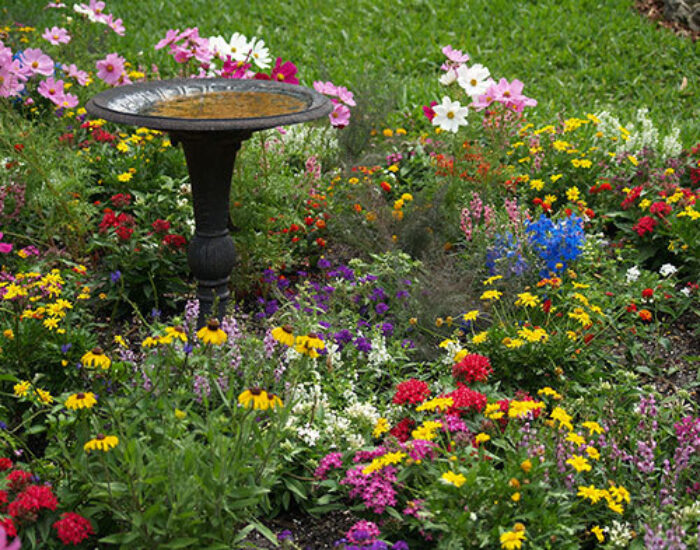
A butterfly garden is relatively low-maintenance but requires some regular care to thrive.
Key Tasks:
- Water regularly, especially in hot, dry periods.
- Deadhead spent blooms to encourage continuous flowering.
- Avoid chemical pesticides as they harm butterflies, caterpillars, and other beneficial insects.
- Mulch around plants to conserve moisture and suppress weeds.
- Replenish shallow water or mud-puddling spots often.
How to Attract More Butterflies
To make your garden even more appealing:
- Limit pesticide use and opt for organic controls.
- Add fruit feeders with overripe bananas, oranges, or watermelon for additional nourishment.
- Include native plants — butterflies are naturally drawn to plants they’ve co-evolved with.
- Create varied microhabitats by combining sun, shade, and sheltered areas.
Common Butterflies You May Attract
Depending on your region, a well-planned garden can attract species such as:
- Monarch
- Painted Lady
- Swallowtail
- Red Admiral
- Gulf Fritillary
- Cloudless Sulphur
- Viceroy
Research local butterfly species to tailor your plant selections.
Seasonal Care and Garden Upkeep
As seasons change, so should your garden care.
Spring:
- Clean up dead plant material.
- Divide and replant perennials.
- Check for overwintered chrysalises before trimming.
Summer:
- Regular watering and deadheading.
- Monitor for caterpillar activity.
Autumn:
- Leave some leaf litter for overwintering insects.
- Plant late-blooming nectar flowers.
Winter:
- Avoid excessive cleanup; many butterflies overwinter in fallen leaves or plant debris.
Educational and Conservation Value
Beyond beauty, a butterfly garden serves as a living classroom for:
- Teaching about insect life cycles
- Encouraging biodiversity awareness
- Providing habitat for declining butterfly populations
By planting native and pollinator-friendly species, you contribute to the broader environmental movement supporting sustainable ecosystems.
Conclusion
Starting a butterfly garden in your backyard is an enriching project that combines aesthetics, conservation, and ecological responsibility. By providing a mix of nectar-rich flowers, host plants for caterpillars, and safe habitats, you can transform your outdoor space into a haven for these graceful pollinators.
With careful planning, plant selection, and mindful care, your butterfly garden will flourish, offering visual delight and environmental benefits for years to come.
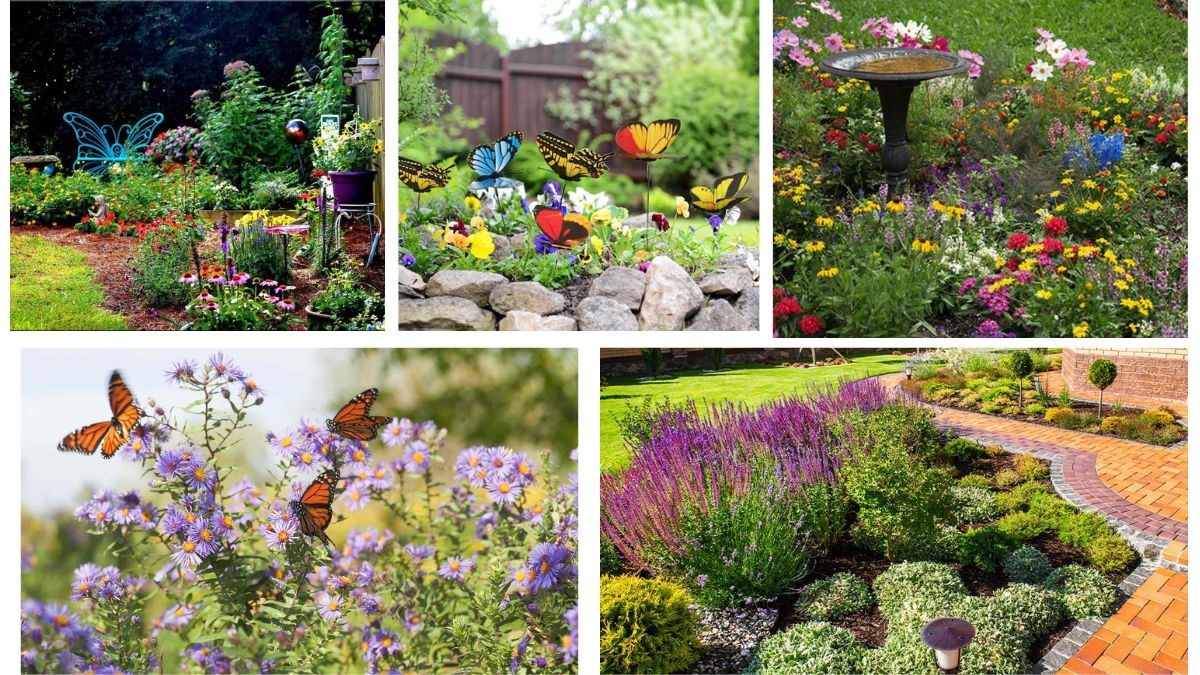



Leave A Comment